DEFINITION
What is a Vaso-vasostomy?
It is the surgical technique that reverses a vasectomy, that is, it recanalize the vas deferens of a patient who underwent a vasectomy and restores fertility.
This surgery was born in response to the change of opinion or desire in some men undergoing vasectomies: the desire to be fertile again even though they had previously wished not to have more children.
Patients “regretful of their vasectomy”.
It is estimated that at least 10% of those who are vasectomized regret their vasectomy.
In countries like the United States, where the population has more knowledge of the vaso-vasostomy technique, the percentage of vasectomized patients who decide to be fertile again varies between 4 and 6 percent. In Spain this figure is lower: only 1.5 percent of the vasectomized, most likely due to ignorance of the existence of the reversal technique.
Very often, men who decide to be vasectomized learn to live and enjoy their new condition. It is not uncommon that, due to life circumstances (change of partner, death of children, illness of a child, change of family socio-economic situation, etc.), many of them regret the initial decision and turn to the doctor again to reverse this through vasovasostomy.
Now, what is vasovasostomy?
Vasovasostomy is a surgical procedure intended to reconnect the cut and tied ends of the vas deferens. This duct (one for each testicle) is responsible for carrying the sperm to the upper ejaculatory ducts, combining sperm with seminal secretions.
This procedure is complex, as it requires the management of micro-surgery and an expert surgeon. The success rate is very high (80-90%) if we measure it as the appearance of sperm again in the ejaculate. However, the fertility rate may not be that high; Since it is necessary to understand that being fertile again depends not only on the success of the recanalization intervention, but on other factors such as the fertility of the couple, associated pathologies, stress, tobacco, drugs, age, etc.
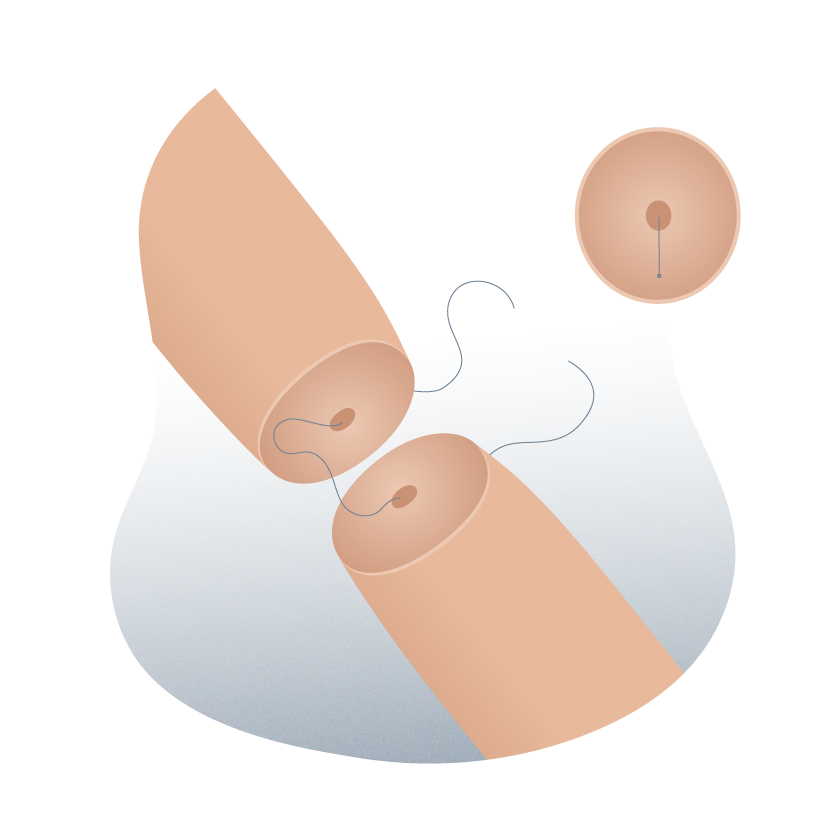
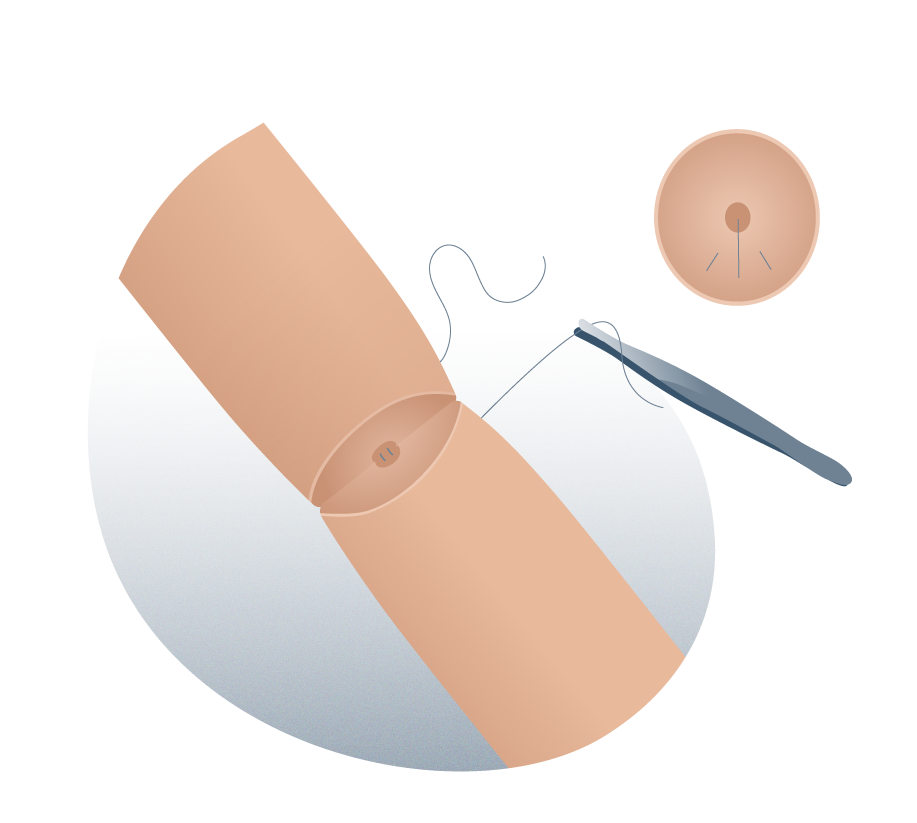
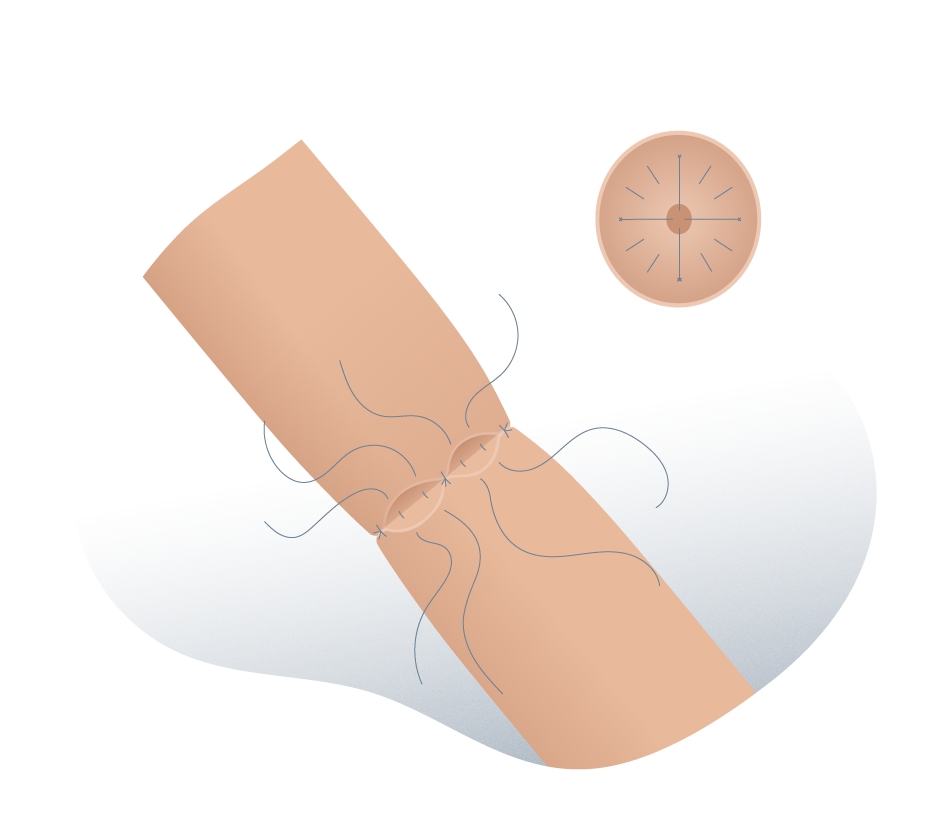
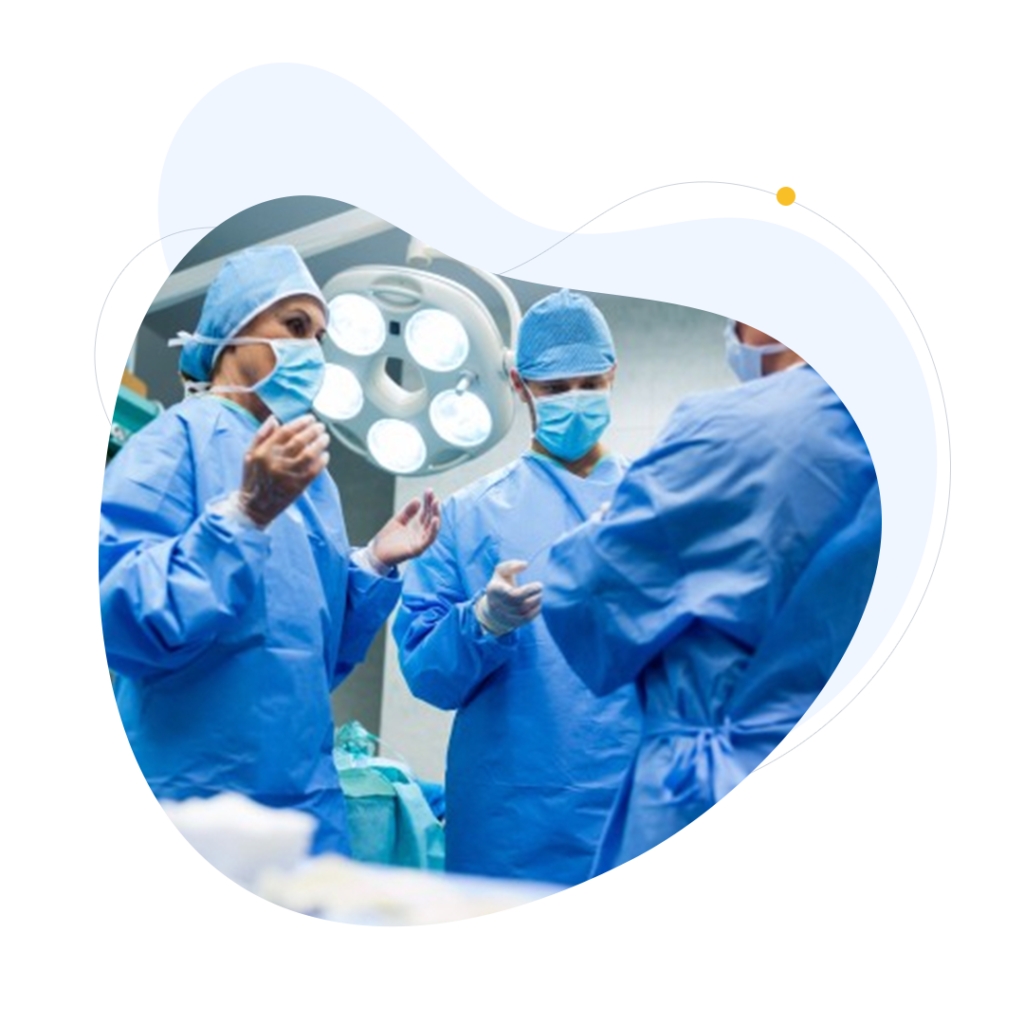
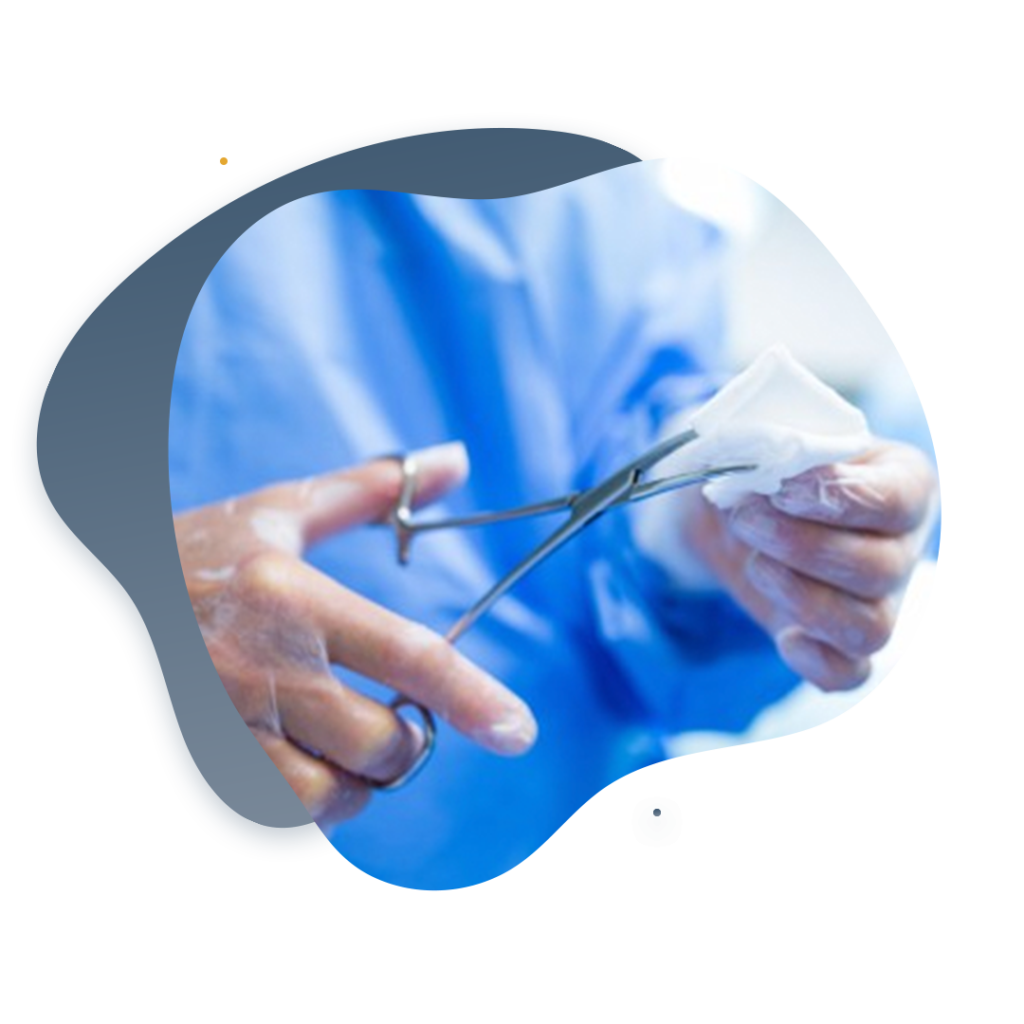
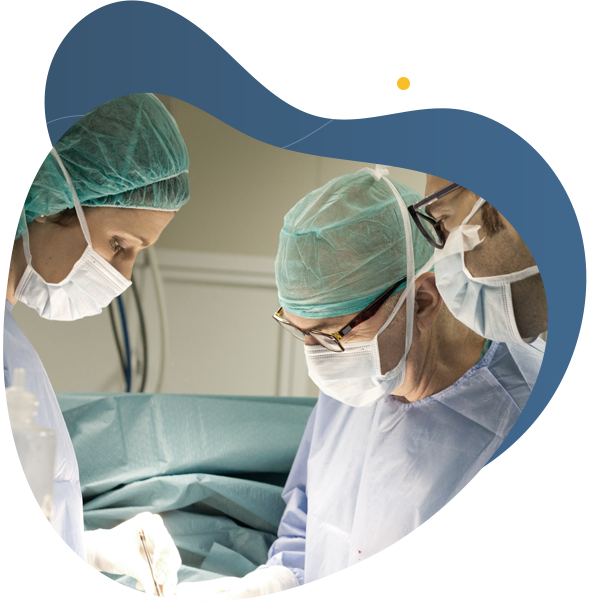
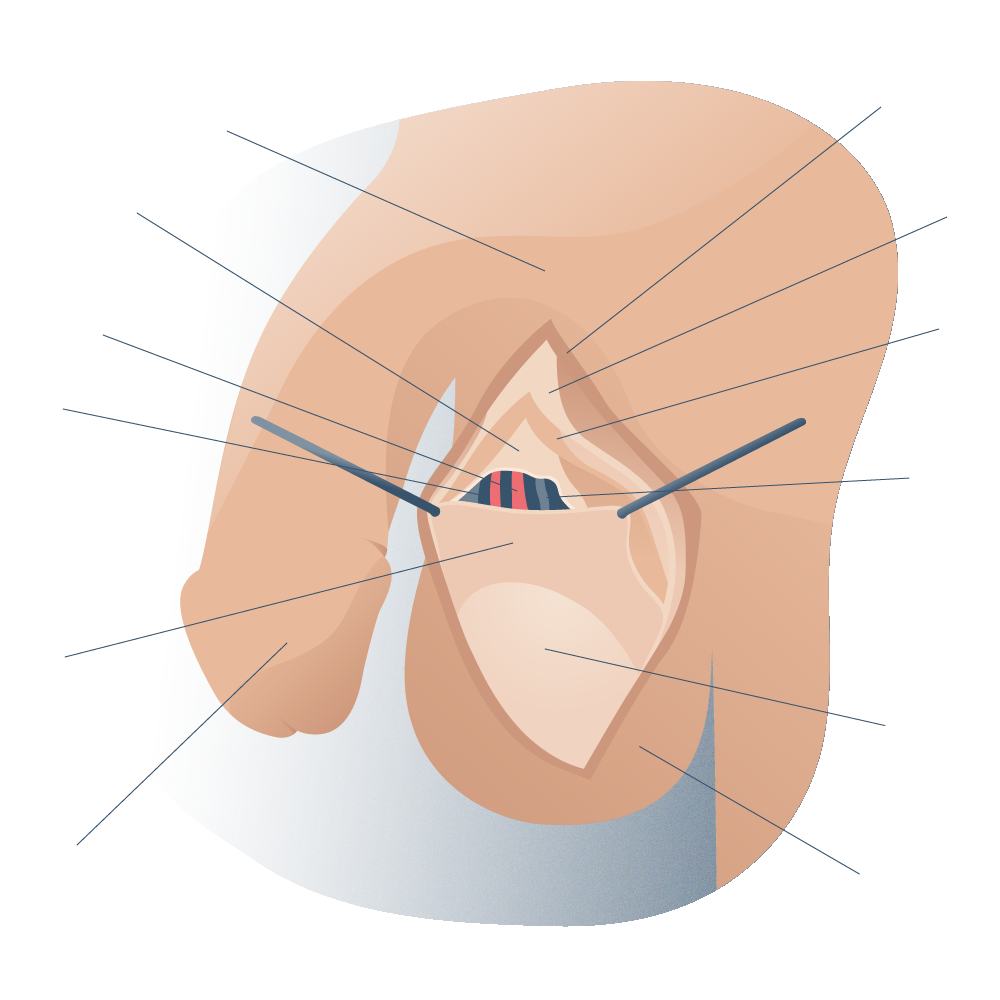
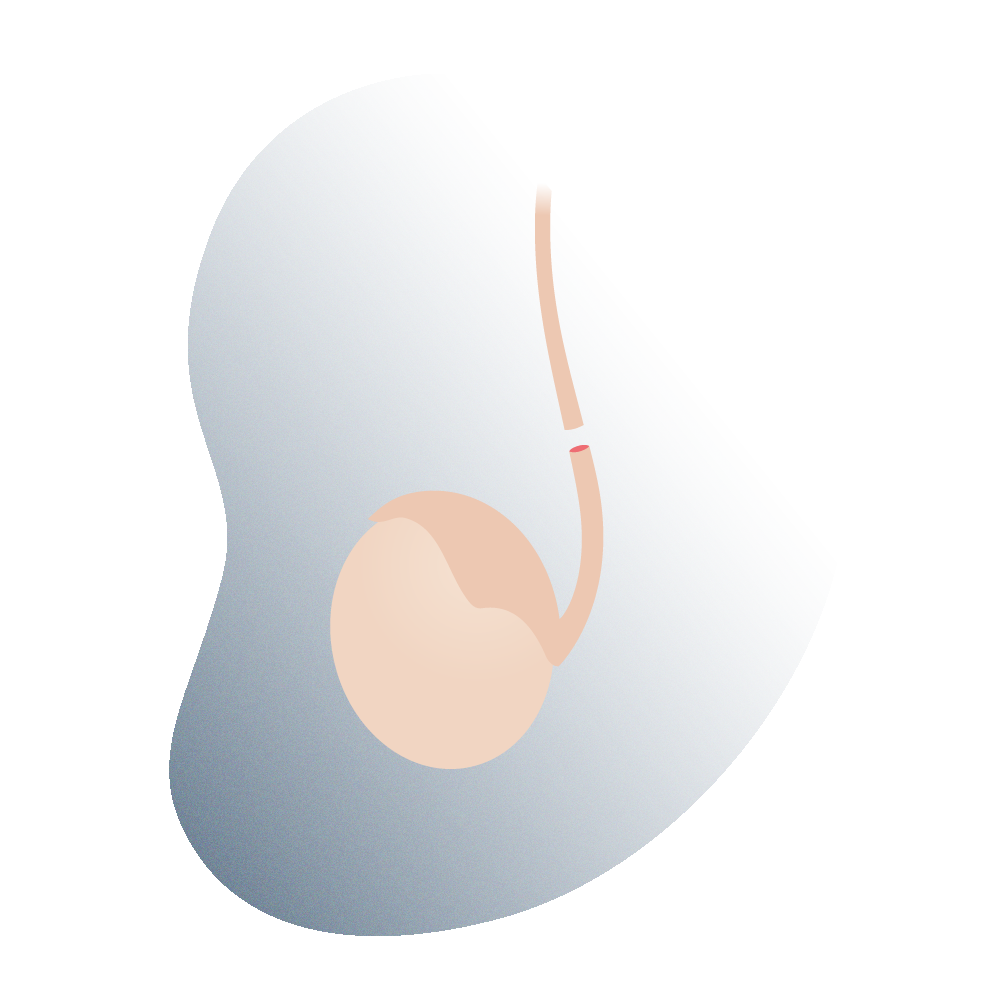
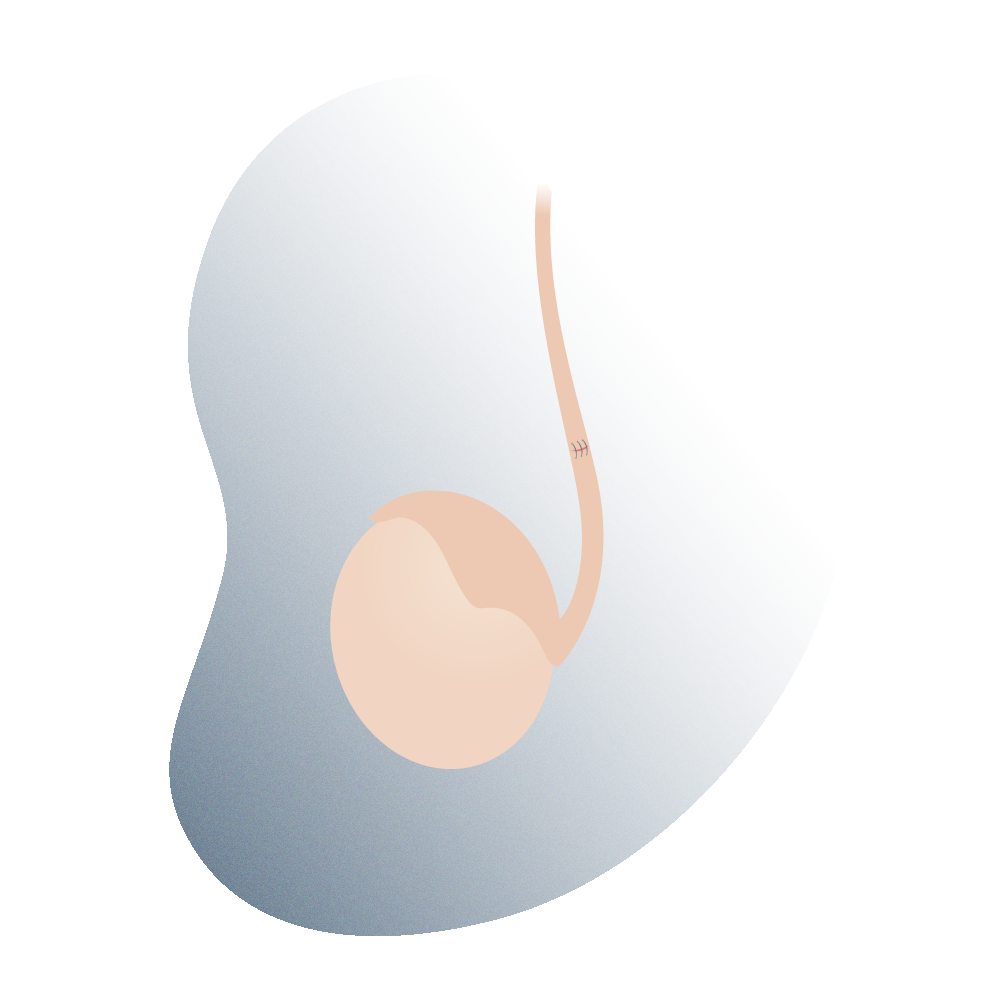
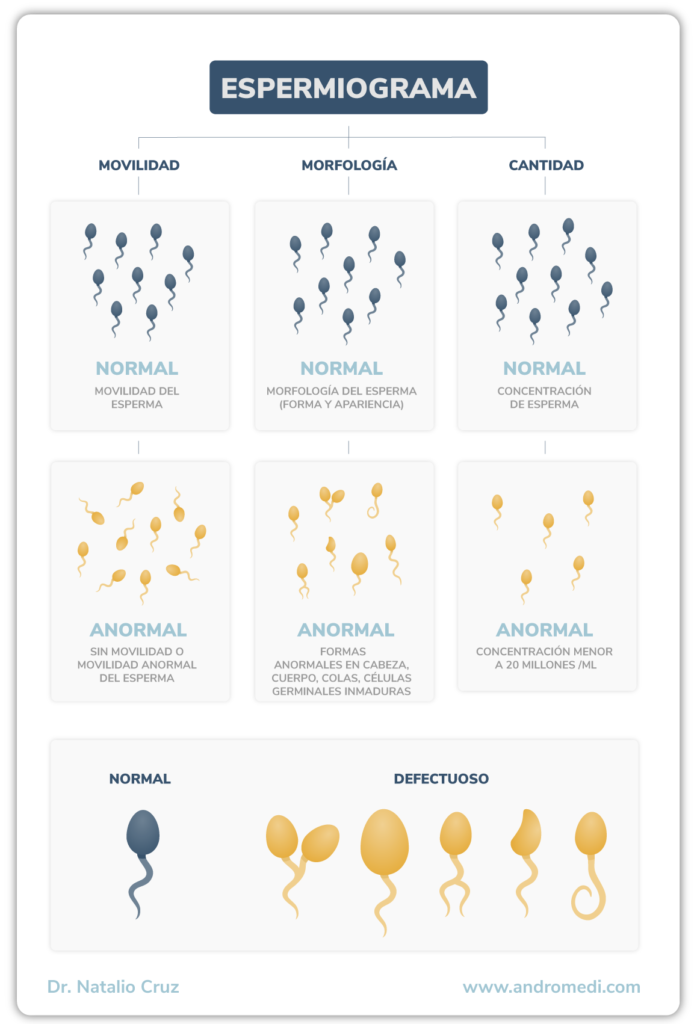
Andromedi pertenece a las organizciones médicas más destacadas en el sector de la Uro-Andrología